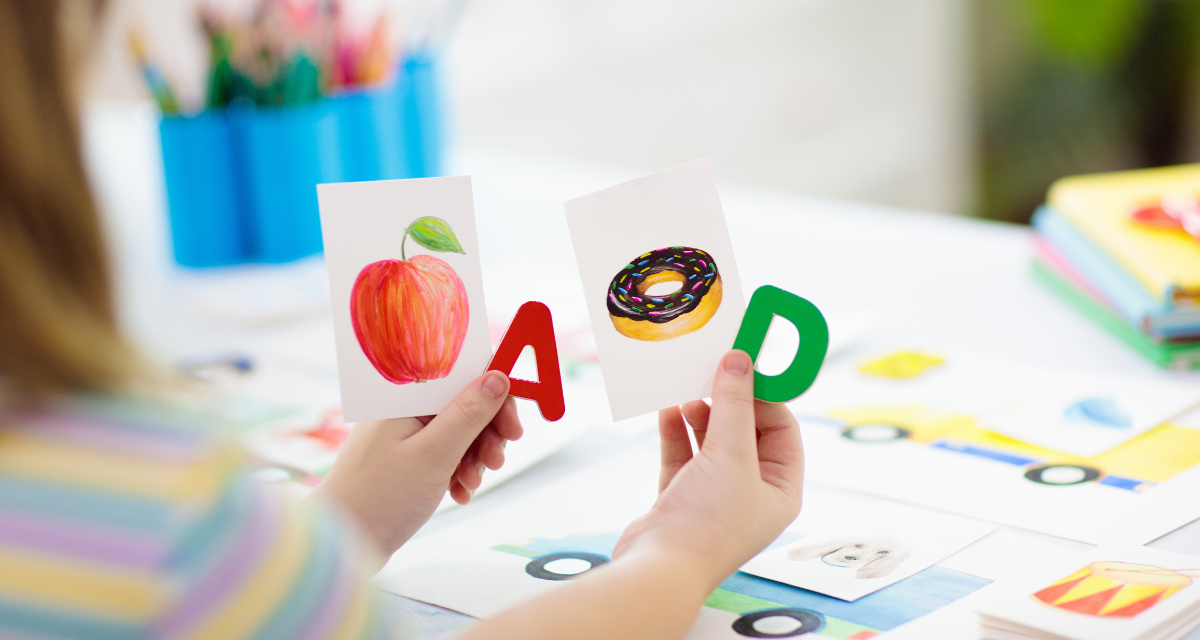
Phonics or Sight Words? How to Teach Children to Read
As a certified Reading Specialist with a Master’s in Reading and Literacy, I have helped thousands of children improve their reading skills. I have worked with children that either struggled because they had an actual reading disability or they didn’t have enough practice at home reading with their parents or another adult.
Whatever the case, working together, we could always get the children back on track or show significant improvement from where they started.
But there has been a debate in education for decades on how to approach teaching young children how to read. Should the teacher focus more on phonics and decoding skills or learning sight words through repetition?
What Is Phonics?
Phonics is the process where the person learns to connect letters to sounds. It is a learning process for children, whether one letter to a sound or two letters to one sound (digraph). It is best to approach the learning by introducing a few letters at a time, and then once they are mastered, keep adding additional letters. 
There are plenty of systematic and sequential phonics programs to choose from. If a parent wants to get a jump on teaching their children phonics during their toddler years, a simple Amazon search will yield many exemplary phonics programs that will not break the bank.
What Are Sight Words?
Sight words refer to words that cannot be broken down easily using phonics skills. Words such as “does,” “though,” “were,” and “there” are just a few examples. People have to learn them by sight, hence the term sight words.
But there are other meanings for sight words in education.
High-frequency words, which appear exceptionally often in texts, are also sight words, as students learning to read have to recognize them by sight after a while to speed up the learning process.
Fry’s Instant Sight Words is typical list educators use in the classroom. (Back in the day, Dolch Sight Words were considered the go-to list.) The first 25 words on the Fry list comprise about one-third of all written text. The first 100 words comprise about 50 percent of all text (should be mastered by the end of first grade). There are 1,000 Fry sight words, usually learned by students during their fourth or fifth-grade years. As you can see, knowing these words would make reading much more effortless.
So What Is the Correct Approach? Phonics or Sight Words?
You may not appreciate the answer if you like your mysteries to be solved in one easy-to-understand solution.
I’ve worked with plenty of kids that had difficulty with the phonics part of reading. This happens when they are young, especially when trying to learn English as a second language. Sometimes it just takes longer to comprehend for some children.
On the other hand, sight words are also problematic for all children. Studies suggest children have to actively recognize sight words and be reminded of how the word sounds on average 15 to 20 times before they can commit it to memory. But remember, for many; it will take more repetitions than this.
As adults, we are almost all sight word readers as we have experience reading all types of texts and have come across most words thousands of times. We rarely stop and sound out words as adults because we are familiar with most terms after being in school for over a decade.
The Solution
It should be a balanced approach between phonics and sight words to teach children to read at their maximum potential. Both concepts should be conducted every day through learning activities and games. Plus, the children must have plenty of practice using these skills by being given level readers or children’s books at their current stage.
An adult should always be with the child as they attempt to improve their reading skills. If the children are getting too frustrated with learning sight words and phonics, reduce the number of sight words and letters they are learning. The last thing we want to do is put them into such a frustrated state that it destroys their love for reading.
Let Us Help
If you would like assistance in increasing your child’s literacy skills or someone more experienced to take over the lead, iAchieve can help. We have professional tutors that can work with children of all ages and for every subject. Rather than risk your child falling behind, or you want to get them to the head of the class, let’s work together to improve their reading ability.
RELATED BLOG POSTS
How to Create Fun Reading Challenges For Your Children



